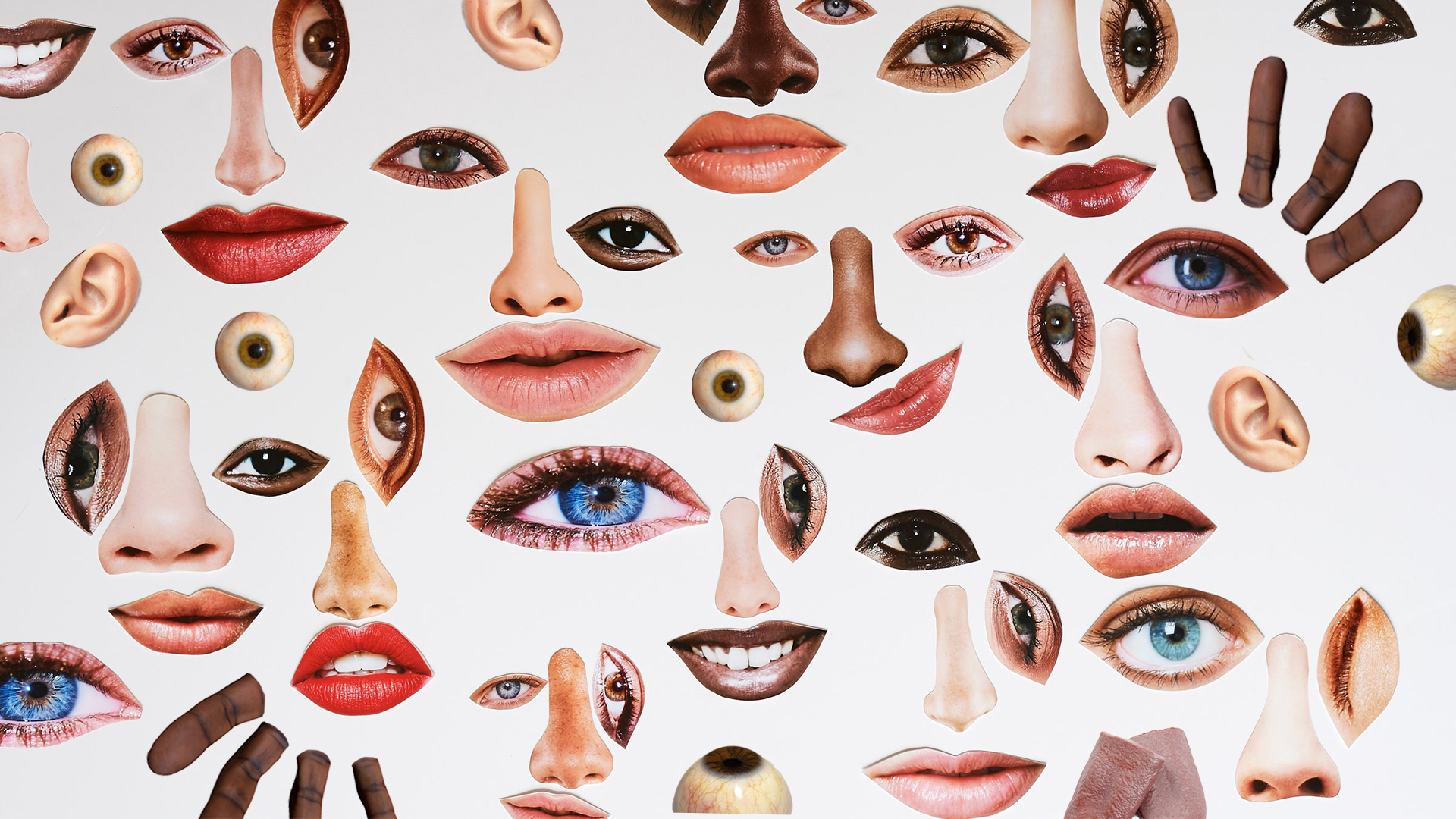
The world we live in changes constantly, but the way we perceive it remains the same. Next Senses explores the unchartered territory of how we could experience the world with technology, and wonders if we have been doing this already.
The future is now
We live in a time where we can help the deaf hear, the blind see, and those unable to walk. While technology can democratize the senses, recent developments give us the rare opportunity to expand and augment our sensorial capabilities.
What if you could communicate telepathically with a whale, listen to the WiFi networks in your environment, or perceive colors the human eye cannot see? With next senses, we augment our bodies, making us stronger, faster and more sensitive to our ever changing environment. If you could have another sense, what would it be?
If you could have another sense, what would it be?

Natures sixth sense
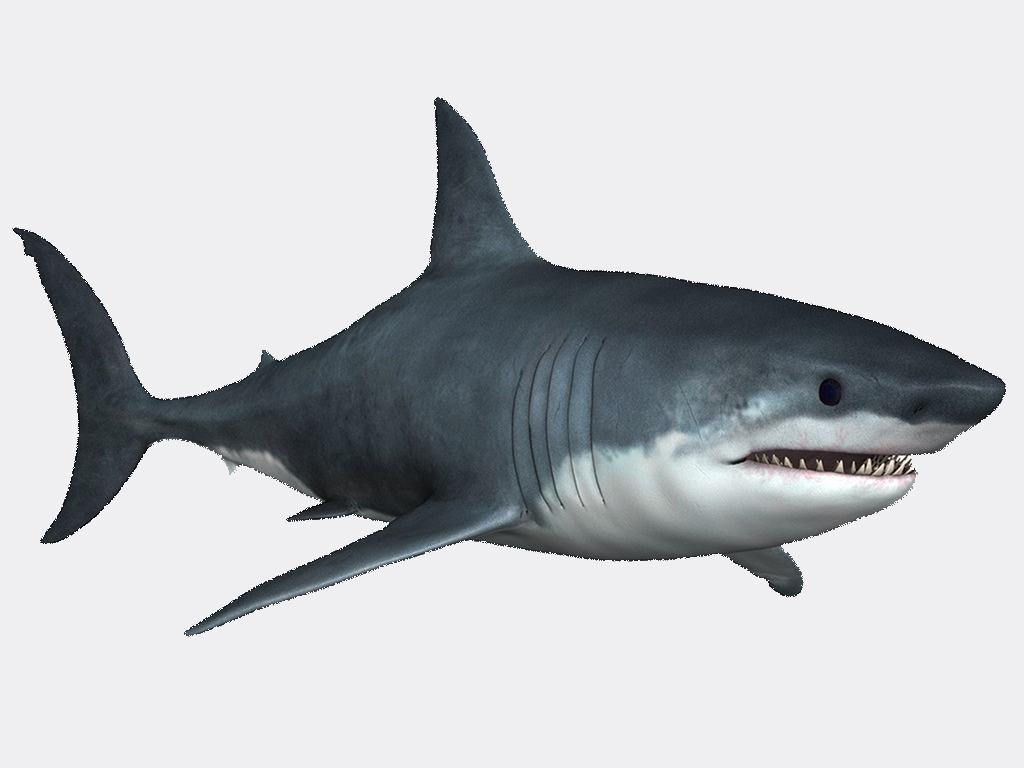
From seeing the world in infrared to detecting electromagnetic impulses, animals can do much more than just see, smell, touch, taste and hear. Whereas us humans have adapted the environment to our senses, animals have developed their senses to adapt to the world around them.
By relating to the animal kingdom and other (non)human life forms, we can experience reality, and our environments in various hybrid ways. Imagine the hearing ability of a bat, or sensing electric fields like a shark.
By relating to other (non-)human life forms we can experience reality in various hybrid ways.
Next senses, today
Through intimate connections between technology and the human body, cyborgs feel they are the technology. The term cyborg is short for cybernetic organism, meaning both biological and mechanical. Cyborg artist Neil Harbisson was born colorblind, now a camera mounted on his head translates colors into a vibration, allowing him to hear colors. To him, Amy Winehouse is red and pink, while ringtones are green.
Artist Moon Ribas had a seismic sensor implanted in her feet, which allowed her to feel earthquakes anywhere on Earth, through planetary vibrations. Musician Kai Landre has an implant in his arm that receives cosmic rays, he then translates this into musical notes.
Cyborgs feel they are the technology

What about biohacking?

There is another group of people who experiment with the extension of our senses -- biohackers. The first thing that might come to mind when you hear this term is probably a bunch of kids sitting in their kitchen with a DNA kit, (wannabe) cyborgs inserting subcutaneous chips in their bodies. With this hacker ethic some improve their bodies with cybernetic devices. Others strive for optimum performance and enhance their bodies through a perfect lifestyle. Many biohackers even experiment with their biology, taking the human body’s functionality beyond what nature intended, by drinking coffee, for example.
Many biohackers even experiment with their biology, taking the human body’s functionality beyond what nature intended
we are cyborgs
By augmenting our senses we can experience a heightened sense of reality, whilst merging our increasingly digital world with the physical.
How many people with augmented senses did you see during your morning commute today? We would guess at least five. You likely didn’t even realize they were there. But if you look at the world from a different perspective, you might spot a couple on your morning commute tomorrow.
To experience a heightened sense of reality, whilst merging our increasingly digital world with the physical


seeing data
From wearing glasses and contact lenses, to virtual reality headsets and google glasses; we have constantly been biohacking our sense of sight. In todays digital society, receiving information as fast as possible is what we long for. So what could be more convenient than having information displayed directly into the eye? Think contact lenses with augmented reality technology. Too intimate?
For years already artificial retinas have been helping the blind to see. This implant partially restores their visual field and can significantly improve their quality of life. New technology skips the eye entirely, instead sending signals straight to the brain’s visual cortex that allows rudimentary vision. What if implants will let us see microscopic objects?
What if implants will let us see microscopic objects?
(Not) see ads
Most VR concepts and products are coming from big tech companies. With their ad-driven business models they are likely to fill your Glass, Hololens or Oculus with ads at some point. What if these exact same tools could be used to block ads?
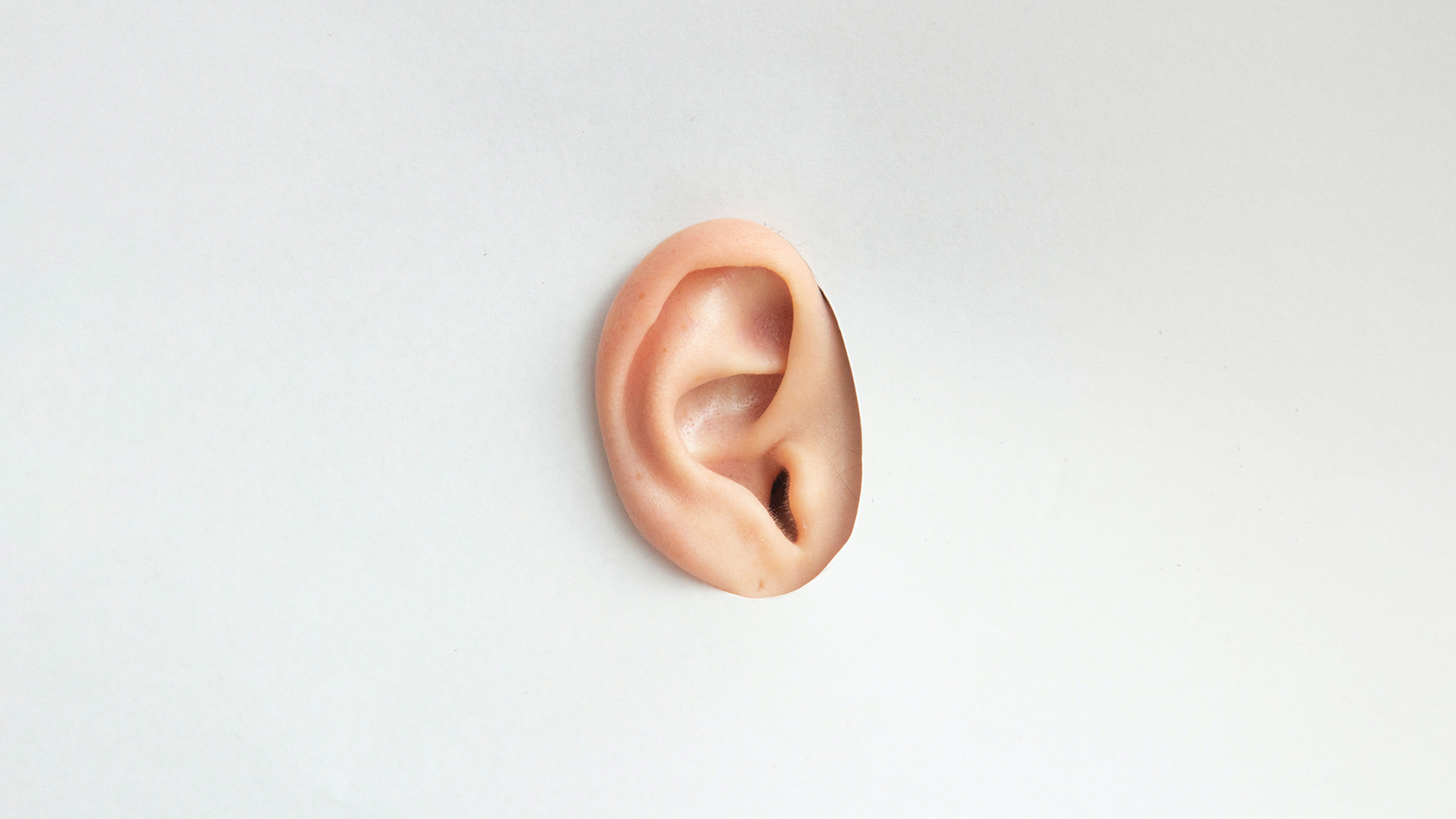
hearing vibration
Looking beyond the visual applications of augmented reality, hearing is the next great frontier. Imagine having the ability to simultaneously blend the soundtracks of your digital and physical worlds. In fact, we are already able to selectively tune in or out the frequencies of noises from the physical world around you, thanks to noise-cancelling technology.
Bone conduction headphones send audio directly to your inner ear; basically they are smart glasses for your ears. But what if we could hear sounds past human congeniality? If the sense of sound was infinite, we could easily imagine that everyone would want a smart hearing device.
What if we could hear sounds past human congeniality?
Hear Wifi signals
Wifi radiation is all around, yet invisible to our human senses. The Wifi Angels app lets you sense electromagnetic radiations by turning the Wifi networks around you into a choir of singing angels. Next time when you search for Wifi, just follow the angels.
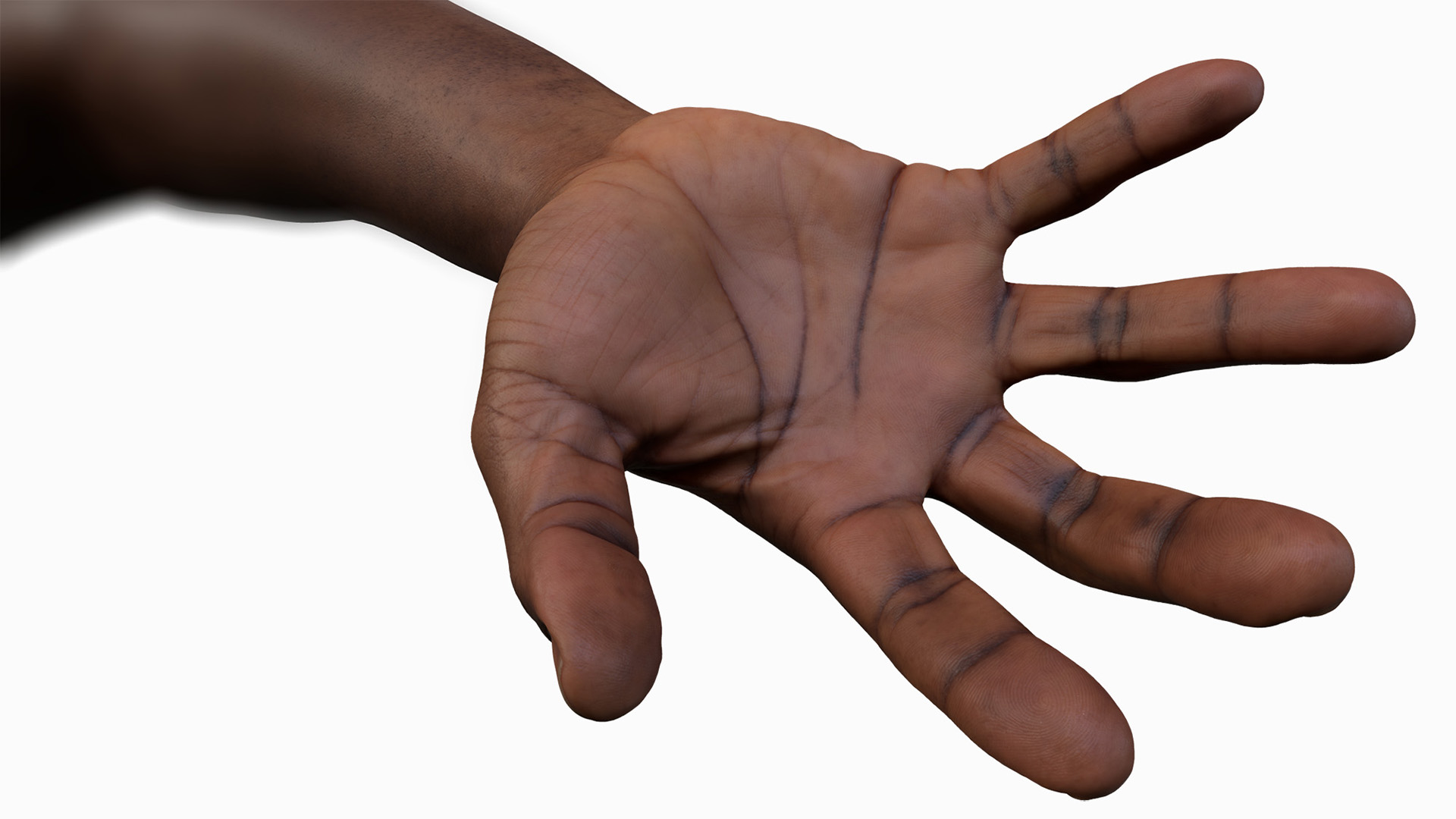
feeling electric
Our digital selves often long for a sense of touch. But can touch feel the same in a virtual environment? Scientists have developed ultra-thin second skins that can adapt to your moving body, offering a sense of touch that feels natural. By triggering responses in the brain, haptic stimulations give the feel of a virtual reality world, and even having that world touch you.
When this kind of technology becomes widely adopted, the touch of a distant loved one, or sending a high five whilst gaming may soon be a reality. From synthetic skin to electronic skin, brain-machine interfaces literally wire robotic limbs to a person’s nervous system, and are capable of restoring touch. As the technology of touch evolves, the cyborg becomes all that more human.
Can touch feel the same in a virtual environment?
Feel the north
Lost? Battery died? Meet Sentero; a sensory organ, worn permanently on your wrist. It transmits spatial information to the body that allows you to sense the magnetic north.

smelling augmentation
Smell is a sense that is hardly articulated in our technological culture. But this sense is linked to the part of the brain managing memory and emotions. Picture this, visiting a forest through Google maps, complemented with the digital aroma of natural woodlands, fresh flowers and crisp air.
The sense of smell will likely be the next step to expand multisensory communication. New research directly stimulates scent via electrodes that are inserted through the nostril, which could even lead towards a cochlear implant for the nose. By tapping into this sense, olfactory technology has the potential to enhance immersive VR experience. For the future, we imagine a digital interface for stimulating smell sensations.
The sense of smell will likely be the next step to expand multisensory communication
Smell from a distance
Designer Lloyd Alberts envisioned a speculative product called the Sniffer. It allows you to visualize scent in a Google glass style.
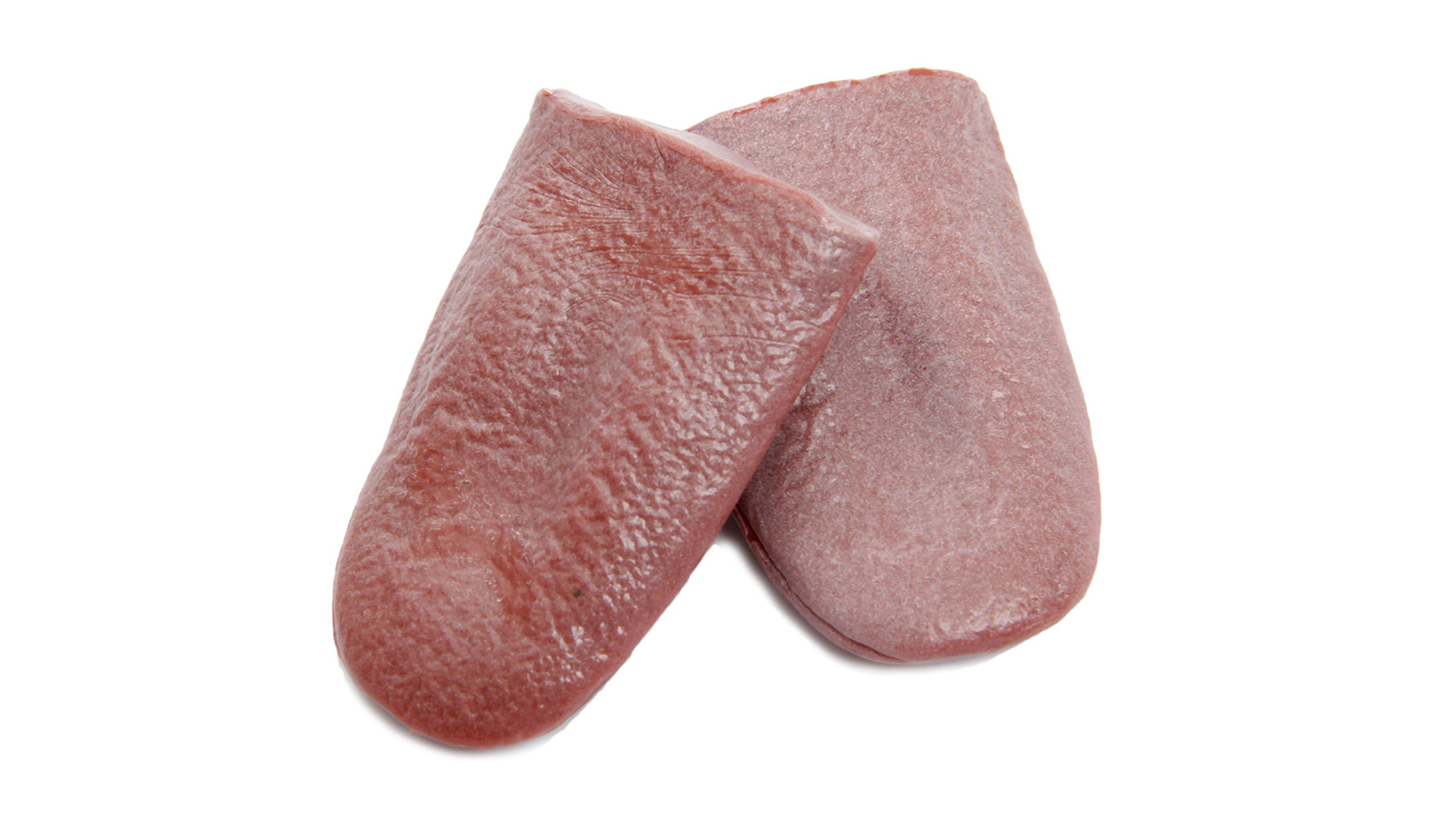
tasting digital
Unlike the other three senses, our chemical senses of smell and taste are difficult to capture and recreate. Like smell, taste is key to present-time enjoyment. Digital devices put on your tongue can simulate different tastes using electrical and thermal stimulation. Electronic tongues aid the development of better, more consistently flavored foods.
Through the concept of electric taste augmentation, the sense of taste is biohacked, producing flavors in our mouth that aren't really there. Imagine digitally enhancing anything you eat, or enjoying the flavors of food never tasted before. Digitally tasting food from your device, or indulging in the dishes from the masterchef straight from your TV. You are what you eat? You are what you stream.
Imagine digitally enhancing anything you eat
Taste the technology
Forgot to buy mixers for your cocktail party? The Vocktail is here to add a dash of flavor, literally. Coupled with a device that digitally enhances anything you eat to resemble your favorite treat, virtual dinner parties have never been so delicious.
Looking for more? Good!
What other senses can we develop to look at our world from an alternative perspective? Developed a recent project that explores next senses? Get in touch and plot your coordinates as we navigate our future together.